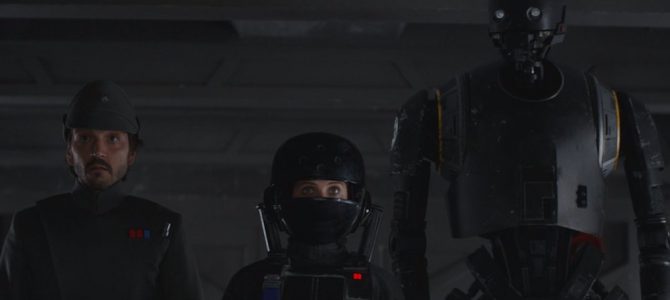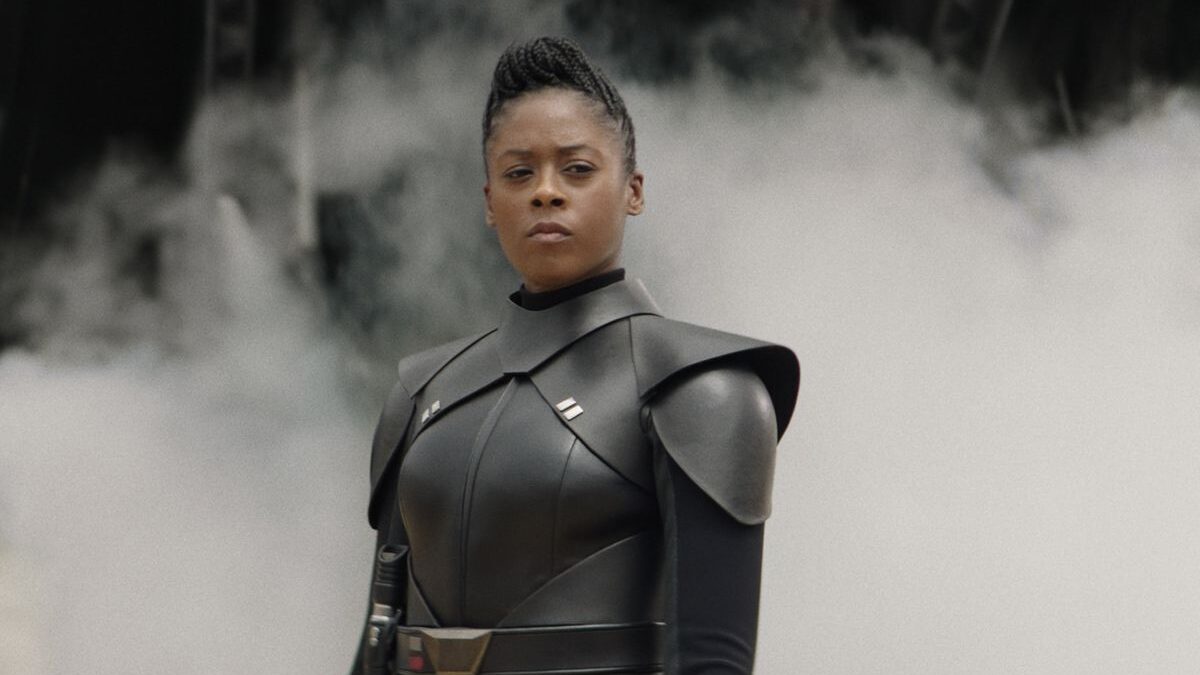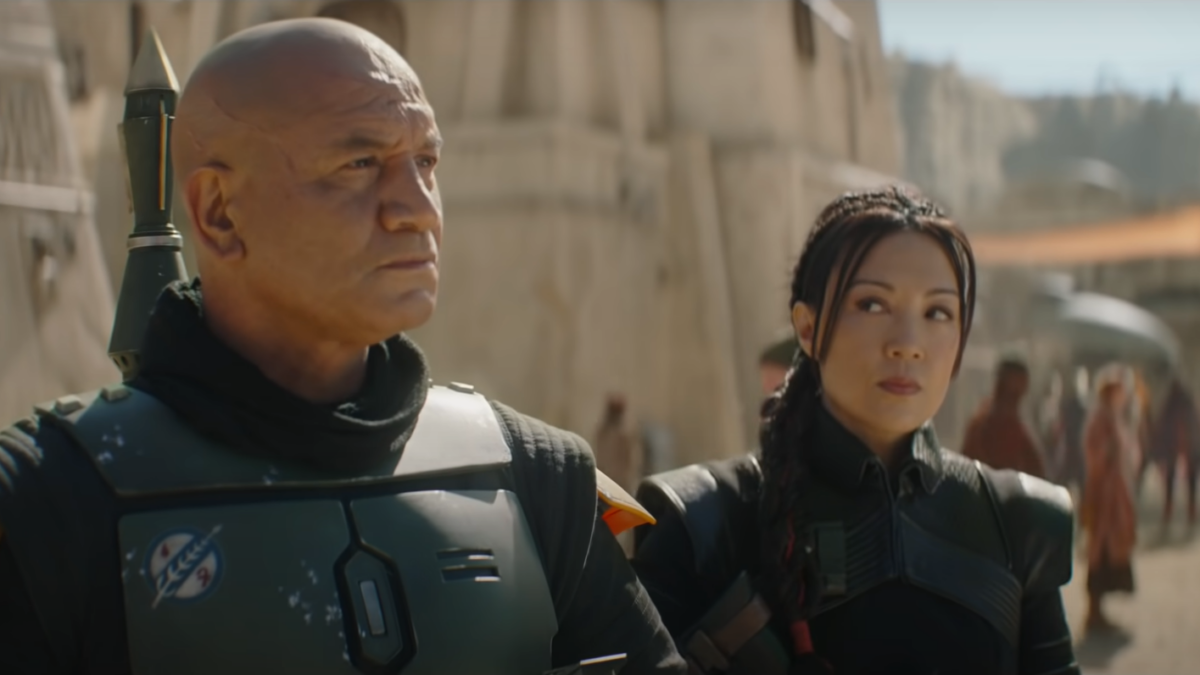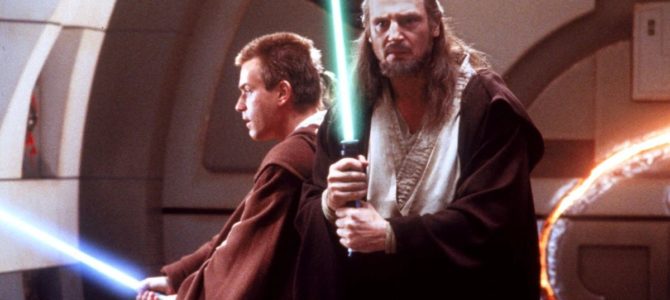
In the lead up to “Rogue One: A Star Wars Story,” a cultural plot line began to form. By most accounts, the film was a departure from the series in the amount of violence, and specifically death, on display. For parents this created a quandary: how old should a kid be to see the film?
We have been relatively careful about what we let our six-year-old watch, with some disagreement about how many fart jokes are acceptable. So before deciding to take him to see “Rogue One,” we first worked out our reasons why.
First, it’s important to mention that every kid is different, and it is parents, not letter ratings, that know best what any given kid can handle. There is no right or wrong here, like almost every aspect of parenting, we have to make it up to some degree. We have friends who are excellent parents who went both ways on this question.
Kids Are Curious About Death
In thinking about whether our son was ready for “Rogue One,” we talked about an exhibit from the New York Public Library a few years back. It was essentially a history of American children’s stories. One thing that stood out was how brutal and violent the tales from a few hundreds years ago were. Like old English nursery rhymes featuring orphaned Black Birds and ashes falling down, these examples were replete with violent imagery.
It’s easy to understand why in 18th century America children’s stories were darker than they are now. Frankly, it was a lot easier and more common for kids to die. Those kids saw death around them in ways that today’s children do not, since we generally cloister our old and infirm in institutions out of sight. Even though we have succeeded in putting off the reality of death for most of our children, it still looms, and eventually it must be dealt with.
The first movie our son saw in the theater was “The Lego Movie,” when he was four. The death of Vitruvius, a main character, weighed heavily on him. As we were walking home from the theater, he said, “It was sad when that guy died, right?”
One of us said, “Well, yes, but it all worked out in the end.” To which he replied, “Not for that guy.” We had to concede the point. He would spend the next few weeks drawing X over the eyes of characters in coloring books, and we talked frequently about what death is in relation to life.
We Need To Put Death In Context For Our Children
As is so often the case in our stories about death, it was not in vain. And just as in the old fairy tales there was a reason, a moral. Death is not always the slow creeping of that Good night, but sometimes, more tragically, a sacrifice with a purpose.
We realized, in discussing all of this, that our son, like millions of other children, experiences a devastating story of death and sacrifice at Sunday Mass. The preparation he received in church and religious education played a big part in our ability to say yes. We didn’t choose to raise our son Catholic to prepare him for “Rogue One.” But the Lord works in mysterious ways, and we believed he had tools to put the ends of beloved characters in context.
The story of Jesus is one in which the hero—the guy who always does the right thing, cares for the poor, is kind, gentle, wise, and curious—is rewarded with a brutal death. He insists on a greater meaning to life than sustenance. It is this story that we are faced with during Mass, which we are asked to consider, to learn from, and to embrace.
Father Francis was our officiant on Christmas Day. During the intercessions, where the congregation prays together for the health and wellbeing of those in our parish who have asked to be remembered, Fr. Francis asked us to say the names of our dearly departed out loud. We hung our heads in prayer, we gave out our hands, and each had a name to remember. Each name pierced the air. The grief that was released, and shared, was devastating. We wept, all of us together. We held each other close in prayer. Our son heard the names of the dead, saw the tears of those left behind, and witnessed grief, lovingly shared.
We Should Keep God’s Love At The Center
Death is. There’s no way around it. Despite Rapamycin and Ponce de León, death is an integral part of what it means to be human. There is a going perspective that the knowledge of death, destruction, and human horror is something to keep from our children. As parents, we have not subscribed to that idea.
Recently we took our son to Laundromat at Deitch Projects, an Ai Weiwei exhibit about the final days of the Idomeni refugee camp. He had lots of questions. We explained that to be a refugee means to be forced, by war or scarcity, to leave one’s home, and that the children and parents who must leave are just like us.
By keeping God’s teaching of love at the center of our conversations, we are able to provide an awareness that all people are loved, despite the strife they face. There is clarity about right and wrong, about our responsibility to share God’s love everywhere, and in whatever capacity, we are able. God’s love is like a compass, from which we can always determine which way to go.
Keeping God’s love at the center of our teaching gives our son more than just perspective and guidance—it gives him a release. After seeing Laundromat, he added a new item to his bedtime prayers. He prays for his family, for his friends and teachers, and now he also prays for the people from the Idomeni camp: that they will find a new, permanent place to live. Though he thinks about death and the difficulties faced by our fellow human beings, he doesn’t have to embrace the stress of needing, as a little six-year-old kid, to take action. He can instead meditate, with love, with hope, and ask for an intervention, in faith.
Watching ‘Rogue One’ With Our Six-Year-Old
These were the preparations that we thought would serve him in watching noble sacrifice after noble sacrifice in “Rogue One.” We were partially right. At times, he took off his 3D glasses, or turned around to face the back of his chair. The big-as-life, technicolor representations of lessons learned in sermons and Sunday school books had a different impact.
Oddly, perhaps, it was the death of a droid that seemed to strike him most deeply. K2SO, his favorite character (today anyway) sacrificed himself in a way that would have made Davy Crockett proud. As the robot took blow after blow, protecting beings so different from him, my son was locked to screen. When the droid was clearly done for, he turned to me and whispered, “He was really brave.”
That ultimately is the story of “Rogue One,” and the very one we wanted him to see. We wanted him to see that our lives have a purpose beyond, and even greater than, simply continuing themselves.
Our Shared Canon Helps Draw Us Closer to God
Lessons need stories. They always have. Without the Exodus story, the Ten Commandments are just good advice. Without the play, “to be or not to be” is just an indulgent soliloquy. Without the myth, Sisyphus is just a fool pushing a rock. Every culture and every time period have their stories. “Star Wars” is one of ours. It is a reference and shorthand. Maybe it isn’t “Moby Dick” or “Huckleberry Finn,” maybe it is. But it’s what we have.
As Christian parents, we know that our son’s life with Christ may have fits and starts. But no matter how far He may seem from our son at times in his life, there are lessons that withstand and close that distance. Our secular stories, our shared canon, have a vital role to play. It is our hope that letting him see “Rogue One,” and discussing it with him, will help him deal with a world that is still swarming with death and despair—but that is also, always, alive with new hope.









